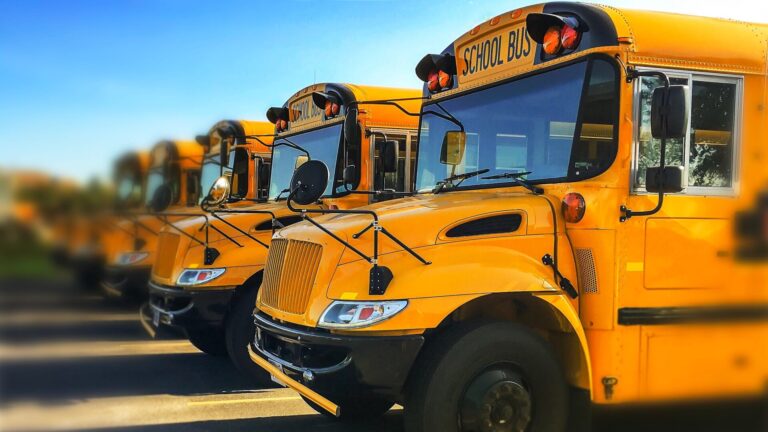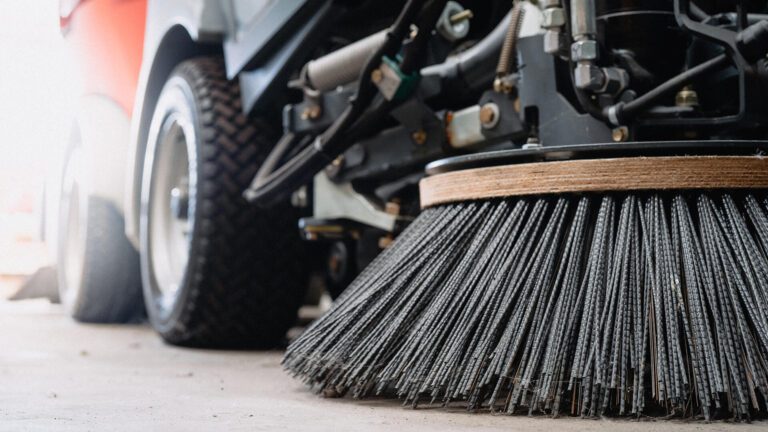
Workplace Related Injuries
Thousands of workers suffer serious injuries or are killed on the job as a result of defective industrial products every year. In fact, many times when our workplace injury attorneys are investigating a worker’s compensation case, they discover a defective industrial product is to blame.
Industrial products include manufacturing equipment, farming equipment, and construction equipment – essentially any type of tool, machine, or other mechanism that workers must operate and maintain as part of their job. Therefore, when a worker is seriously injured or killed on the job, it is important to look closely at the working environment.
Industrial machinery may lack proper safety guards, safety instructions may not be properly posted or it may be missing altogether. The industrial product may not be properly secured, or supervisors may have improperly or inadequately trained workers on the operation of the product. All of these scenarios put workers at risk of serious injury or death, and our work injury lawyers have represented scores of workers and their families in cases of workplace injury and death.
All too often, workers who are simply trying to earn a living for themselves and their family suffer amputations and other catastrophic injuries on the job. Many never return home. According to federal statistics, 2.8 million U.S. workers suffered nonfatal injuries and illnesses on the job in 2019. An additional 5,333 workers died as a result of on-the injuries – the highest number of workplace fatalities since 2007.
Unfortunately for injured workers and their families, state workers’ compensation systems greatly restrict the ability of employees to hold employers accountable for work-related injuries. However, many workers do not realize that there may be another source of recovery available. If the injured worker and their on-the-job injury attorney can show that an industrial product caused the injury, a product liability suit may be brought against the product’s manufacturer.
Filing an on-the-job injury lawsuit also helps make the U.S. workplace safer for all workers. Government regulators can only do so much in guaranteeing a safe work environment. Lawsuits seeking compensation for workplace injuries and other damages go far in ensuring that employers, manufacturers, distributors, suppliers, retailers and others who make products available to the public are held responsible for the injuries those products cause.
The importance of evaluating third-party claims when examining workers’ compensation claims is extremely important to the client. All common law damages, past/future pain and suffering, past/future mental anguish, loss of enjoyment, lost income and punitive damages are recoverable. Additionally, spouses of injured employees can file loss of services or consortium claims. These more extensive real-life damages are not provided for under workers’ compensation programs. If you or a family member has been harmed in a workplace accident, our nationally recognized on-the-job injury attorneys would like to talk to you about your situation and evaluate your case.
What kinds of industrial products cause workplace injuries?
Industrial equipment linked to serious on-the-job injuries and fatalities is incredibly varied and diverse, spanning a multitude of industries. Workplace accidents involving heavy equipment and machinery often cause amputations and other debilitating injuries, a lifetime of pain and suffering, and even an impaired ability to work and limited career options. The only way to minimize the long-term effects of your injuries so that you can provide for yourself and your family is to seek fair compensation for your injuries. Our industrial accident lawyers are here to help evaluate your case without obligation and free of charge.
Farm Equipment
With the exception of Amish villages and similar horse-and-plow communities, most farming in the United States is done with heavy machinery and high-tech equipment. Tractors and combines harvest crops, automated balers form the crops into bales or bundles, conveyor belts help move large quantities in a speedy fashion, and so on. But with all this automation comes the risk of devastating injury or death if the agricultural machinery is defective, poorly maintained, or improperly operated.
Malfunctions may result from defective design or implementation in farm equipment, affecting things like motors, tires and moving parts. Large, heavy farm equipment may become deadly as a result of these defects, posing hazards such as rollover, crushing or amputation as farmers lose control.
Farming Injuries and Fatalities
- Every day, about 100 agricultural workers suffer a lost-work-time injury, according to The National Institute for Occupational Safety and Health (NIOSH).
- In 2017, 416 farmers and farm workers died from a work-related injury, resulting in a fatality rate of 20.4 deaths per 100,000 workers. Transportation incidents, which include tractor overturns were the leading cause of death for these farmers and farmworkers.
- The most effective way to prevent tractor overturn deaths is the use of a Roll-Over Protective Structure (ROPS) with a seatbelt. In 2014, 62% of tractors used on farms in the US were equipped with ROPS. If ROPS were placed on all tractors used on US farms manufactured since the mid-1960s, the prevalence of ROPS-equipped tractors could be increased to over 80%.
Construction Equipment
Much like manufacturing equipment, construction equipment spans many different types of environments. Defective construction equipment can range from cranes to excavators to logging skidders.
Beasley Allen’s on-the-job injury lawyers have represented numerous clients involved in defective crane cases. In several of the cases, workers were injured when the cranes tipped over as a result of poorly designed stability outriggers. Many cranes and boom trucks have outriggers that extend beyond the perimeters of the vehicle in order to provide stability during crane or boom operations.
We also have represented construction workers who were crushed on the job when an excavator bucket detached from a large excavator and fell on them. Workers involved in this type of accident may become trapped under the bucket, causing them to sustain serious crush injuries and requiring a lengthy extrication process. Sometimes, this results in amputation and long-term effects from internal injuries. Often, a manufacturer will blame operator error when an accident like this happens, but simple design changes could completely prevent this type failure from occurring in the first place.
Many construction site accidents involve skidders, which are a type of heavy vehicle used in logging operations for pulling cut trees out of a forest. The skidder operator is exposed to numerous environmental hazards. Skidders manufactured before 1991 are defectively designed with the occupant’s protective system leaving the operator vulnerable to becoming seriously injured by objects in the woods. These machines were designed, built, and sold without doors. Doorless skidders leave the operator exposed to is being struck and seriously or fatally injured by trees or other saplings while skidding.
Related News
Firm’s Atlanta Office Examines Mine Employee’s Fatal On-The-Job Injury
Since the late 1700s, mining has been an established industry and job creator throughout the…
Settlement in Deadly School Bus Crash Reached by Beasley Allen and Others
Beasley Allen’s Greg Allen and David Greene, of the Greene and Phillips Law Firm, secured…
Beasley Allen’s Georgia Lawyers Secure Multimillion Dollar Verdict
A Georgia state jury awarded $4.25 million, subject to 49% apportionment, to the daughter of…



